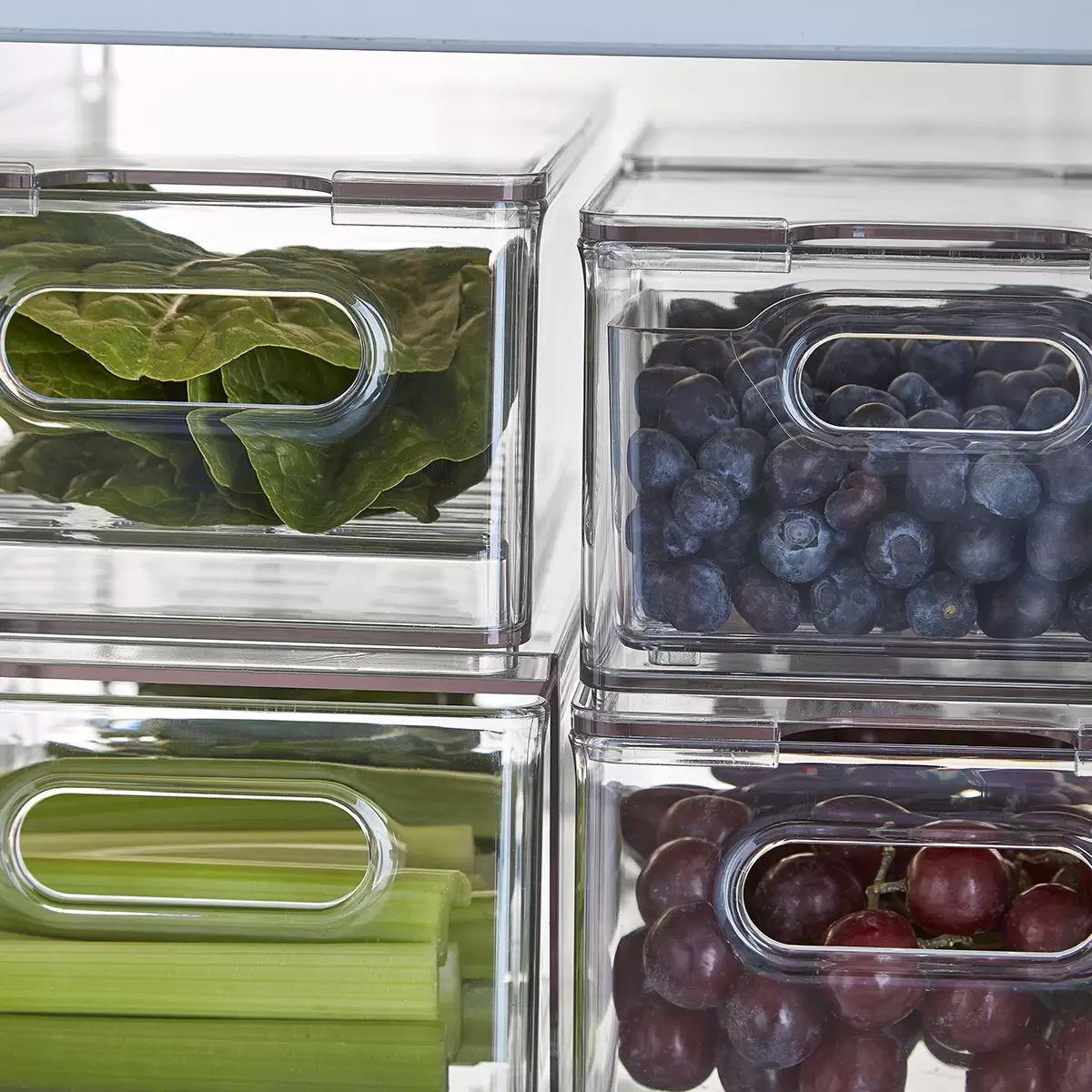

Articles
How To Store Grapes In The Fridge
Modified: May 6, 2024
Learn the best way to store grapes in the fridge to keep them fresh and delicious. Read our helpful articles for expert tips and tricks.
(Many of the links in this article redirect to a specific reviewed product. Your purchase of these products through affiliate links helps to generate commission for Storables.com, at no extra cost. Learn more)
Introduction
Grapes are a delicious and versatile fruit that can be enjoyed on their own or incorporated into a wide variety of dishes. Whether you have purchased a large batch of grapes or have harvested them from your own garden, proper storage is crucial to maintaining their freshness and flavor.
Storing grapes in the fridge is the best way to keep them crisp and juicy for an extended period. However, it’s not as simple as tossing them into the refrigerator and forgetting about them. In this article, we will explore the steps to store grapes in the fridge properly and provide some tips to extend their shelf life.
By following the guidelines outlined in this article, you will be able to enjoy the delightful taste of fresh grapes for longer, ensuring that no grapes go to waste.
Key Takeaways:
- Properly storing grapes in the fridge is essential for preserving their freshness and flavor. Select the best grapes, prepare them carefully, and follow fridge storage tips to enjoy delicious grapes for longer.
- Avoid common mistakes like overcrowding, premature washing, and exposure to ethylene-producing fruits when storing grapes. Maximize their shelf life by handling them gently, consuming them timely, and freezing any excess.
Read more: How To Store Grapes Without Fridge
Selecting the Right Grapes
When it comes to storing grapes, selecting the right ones is the first step towards ensuring their freshness and taste. Here are some tips to help you choose the best grapes for storage:
- Look for plump and firm grapes: Opt for grapes that are plump and free from wrinkles. The skin should be taut and firm to the touch, indicating that the grapes are fresh and ripe.
- Check for vibrant color: The color of the grapes is also a crucial factor in determining their quality. Look for grapes that have a vibrant color, whether it’s red, green, or black. Avoid grapes that appear dull or have blemishes.
- Consider the stem: The stem of the grapes should be fresh and green. Avoid grapes with dried or brown stems, as it indicates that they may have been stored for too long.
- Smell the grapes: Give the grapes a gentle sniff to check for any unpleasant odors. Grapes should have a sweet and inviting aroma, indicating their freshness.
- Choose seedless grapes: Seedless grapes are more convenient for storage, as you won’t have to worry about removing the seeds before consuming. However, if you prefer seeded grapes, make sure the seeds are small and undeveloped.
Remember, the quality of the grapes you choose initially will greatly affect their longevity in storage. So, take your time to select the best grapes available to ensure a longer shelf life.
Preparing the Grapes for Storage
Before you store your grapes in the fridge, it’s essential to properly prepare them to help maintain their freshness. Here are some steps to follow:
- Remove any damaged or spoiled grapes: Take the time to inspect the grapes and remove any that are bruised, crushed, or showing signs of mold or rot. These grapes can quickly spoil the others if left in the bunch.
- Gently wash the grapes: Rinse the grapes under cool running water to remove any dirt, debris, or residue. Avoid using soap or any harsh cleaning agents, as grapes are delicate and can absorb them, affecting their taste.
- Dry the grapes thoroughly: After washing, pat the grapes dry with a clean kitchen towel or paper towels. Moisture can accelerate the decay of the grapes, so ensure they are completely dry before storing.
- Remove excess stems: While some stems are fine to leave intact, it is recommended to trim off any excessive stems. Leaving too many stems attached can cause moisture buildup and increase the chances of spoilage.
- Divide into smaller portions (optional): If you purchased a large batch of grapes, consider dividing them into smaller portions. This will make it easier to access and consume them without disturbing the remaining grapes.
- Transfer to a breathable container: Instead of storing the grapes in their original packaging, transfer them to a container that provides adequate airflow. A perforated plastic bag or a breathable container with vented lids works well for this purpose.
By following these steps, you are ensuring that the grapes are clean, dry, and properly prepared for storage, which will help prolong their shelf life.
Storing Grapes in the Fridge
The refrigerator is the ideal place to store grapes as it helps maintain their freshness and crispness. Follow these steps to store your grapes properly in the fridge:
- Choose the right temperature: Set your refrigerator to a temperature between 32°F and 40°F (0°C and 4°C). This temperature range helps slow down the ripening process without freezing the grapes.
- Keep grapes in the original packaging: If the grapes came in a breathable bag or container, it’s best to keep them in their original packaging. The packaging is designed to provide adequate airflow, preventing moisture buildup that can lead to spoilage. If the original packaging is damaged or unavailable, use a perforated plastic bag or a container with vented lids.
- Place grapes in the crisper drawer: The crisper drawer is the most suitable area in the fridge for storing grapes. It provides a slightly higher humidity level, which helps maintain the grapes’ moisture and prevents them from drying out.
- Avoid placing grapes near strong-smelling foods: Grapes have the tendency to absorb odors, so it’s important to keep them away from strong-smelling foods like onions, garlic, or cheese. This will help preserve the grapes’ natural flavor and aroma.
- Don’t wash grapes before storing: Unlike some other fruits and vegetables, grapes should not be washed before placing them in the fridge. Excess moisture can lead to spoilage, so it’s best to wash them just before consuming.
By storing grapes in the fridge following these steps, you can extend their shelf life and enjoy their crispness and flavor for a longer period.
Store grapes in the fridge in a perforated plastic bag to maintain humidity and prevent them from drying out. Keep them in the crisper drawer for best results.
Tips for Extending Grape Shelf Life
While storing grapes in the fridge is the best way to preserve their freshness, these additional tips can further extend their shelf life:
- Handle grapes gently: Grapes are delicate fruits, so handle them with care. Rough handling can cause bruising and accelerate spoilage. Avoid squeezing or pressing grapes too hard.
- Keep grapes unwashed until ready to eat: As mentioned earlier, it’s best to avoid washing grapes before storing them. Excess moisture can promote mold growth, so wait to wash them until just before eating.
- Separate any damaged grapes from the bunch: If you notice any grapes starting to deteriorate, promptly remove them from the group. This step prevents the spread of spoilage to the surrounding grapes.
- Consume grapes in a timely manner: Grapes are perishable fruits and have a limited shelf life, even when stored properly. Ideally, consume them within a week to enjoy them at their best. The longer the grapes remain in storage, the higher the chances of them losing their taste and texture.
- Freeze grapes for longer-term storage: If you anticipate not being able to consume all the grapes within a week, consider freezing them. Wash the grapes, pat them dry, place them on a baking sheet in a single layer, and freeze them. Once frozen, transfer them to a freezer-safe bag or container. Frozen grapes can be enjoyed as a refreshing snack or used in smoothies and desserts.
- Inspect grapes regularly: Check the grapes periodically for any signs of spoilage. If you notice mold or if the grapes appear shriveled or discolored, discard them immediately to prevent contamination of the remaining grapes.
By following these tips, you can maximize the shelf life of your grapes and enjoy them at their peak freshness for as long as possible.
Read more: How To Store Grape Tomatoes In The Fridge
Avoiding Common Mistakes
When it comes to storing grapes in the fridge, it’s important to avoid some common mistakes that can lead to premature spoilage or compromised flavor. Here are a few pitfalls to watch out for:
- Avoid overcrowding: While it may be tempting to cram as many grapes as possible into the fridge, overcrowding can lead to airflow restriction and increased moisture buildup. Ensure that there is sufficient space between the grape bunches for proper ventilation.
- Don’t wash grapes before storing: We mentioned this before, but it bears repeating. Washing grapes before storing them can introduce moisture that accelerates spoilage. Only wash grapes right before consuming.
- Don’t remove stems prematurely: While excessive stems can trap moisture, removing all the stems before storing can cause grapes to dry out more quickly. Leave some stems attached and only remove any damaged or excessive ones.
- Avoid exposure to ethylene-producing fruits: Ethylene is a natural ripening agent produced by certain fruits like apples, bananas, and pears. Avoid storing grapes near these fruits as they can accelerate the grape ripening process and cause them to spoil faster.
- Don’t store grapes at room temperature: Grapes are highly perishable fruits and should not be stored at room temperature. Unlike other fruits like bananas or apples, they will not continue to ripen once picked. Always store grapes in the refrigerator.
- Avoid storing grapes in the crisper drawer for too long: While the crisper drawer provides optimal humidity for grape storage, it’s essential to check them regularly. If grapes are left in the drawer for too long, they may accumulate excess moisture, leading to mold growth and spoilage.
By avoiding these common mistakes, you can ensure that your grapes stay fresh and delicious for a longer period, allowing you to enjoy them at their best.
Conclusion
Properly storing grapes in the fridge is key to preserving their freshness, flavor, and texture. By following the steps outlined in this article, you can ensure that your grapes stay crisp and juicy for an extended period, allowing you to enjoy this delectable fruit for longer.
Remember to select the right grapes by choosing ones that are plump, firm, and vibrant in color. Prepare the grapes by removing any damaged ones, gently washing and drying them, and trimming excessive stems. When storing in the fridge, keep them in their original packaging or in a breathable container, ensuring they are placed in the crisper drawer away from strong-smelling foods.
Additionally, be mindful of common mistakes such as overcrowding, washing grapes before storing, prematurely removing stems, exposing grapes to ethylene-producing fruits, and storing them at room temperature. Avoiding these pitfalls will help prolong the shelf life of your grapes and maintain their quality.
Lastly, if you find that you have more grapes than you can consume within a week, consider freezing them for longer-term storage. This way, you can enjoy them as a frozen treat or use them in various recipes even after the harvest season is over.
By following these guidelines and tips, you can ensure that every bite of your grapes remains fresh, juicy, and bursting with flavor. So, make the most out of your grape harvest or grocery purchase by storing them properly and savoring the taste of these delightful fruits for as long as possible.
Now that you've mastered storing grapes, why not enhance your kitchen skills with our guide on optimal food preservation? Our upcoming article on the best food storage options for 2024 offers handy advice on keeping all your groceries fresh and tasty. Whether you're a culinary expert or just starting out, these insights will surely make kitchen management smoother and more efficient.
Frequently Asked Questions about How To Store Grapes In The Fridge
Was this page helpful?
At Storables.com, we guarantee accurate and reliable information. Our content, validated by Expert Board Contributors, is crafted following stringent Editorial Policies. We're committed to providing you with well-researched, expert-backed insights for all your informational needs.
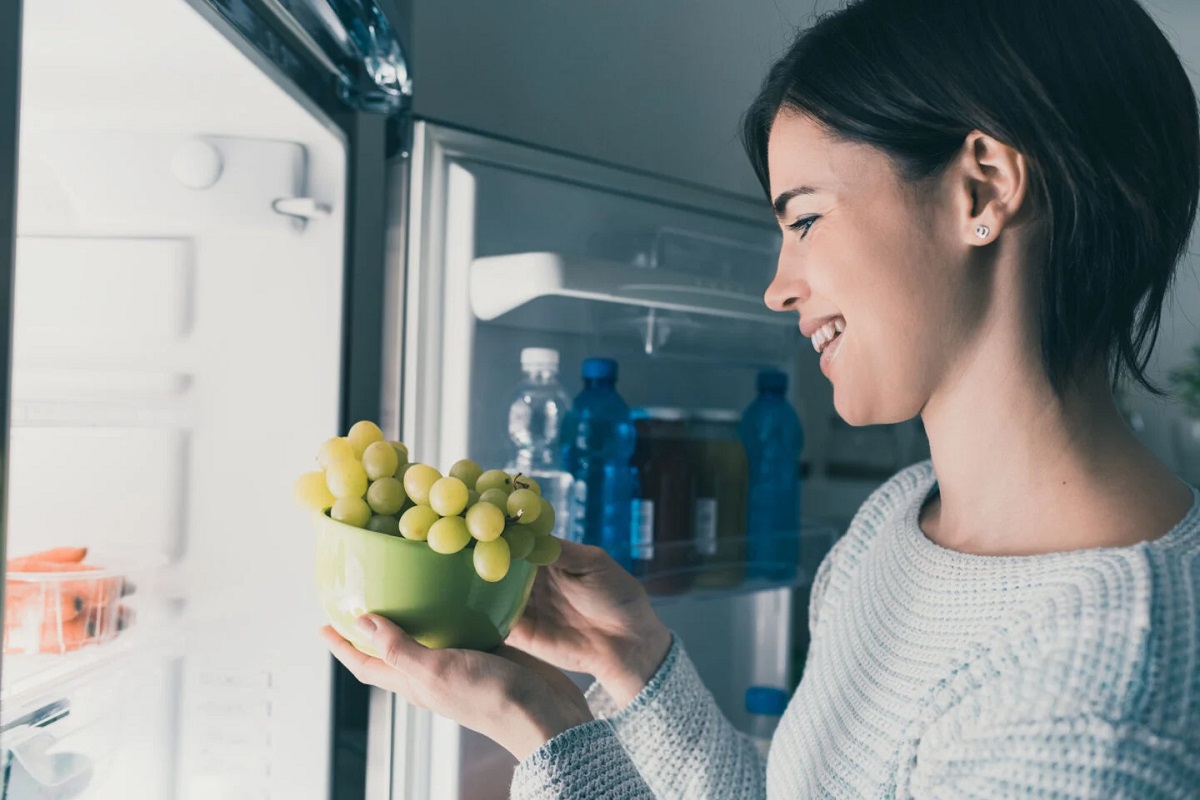
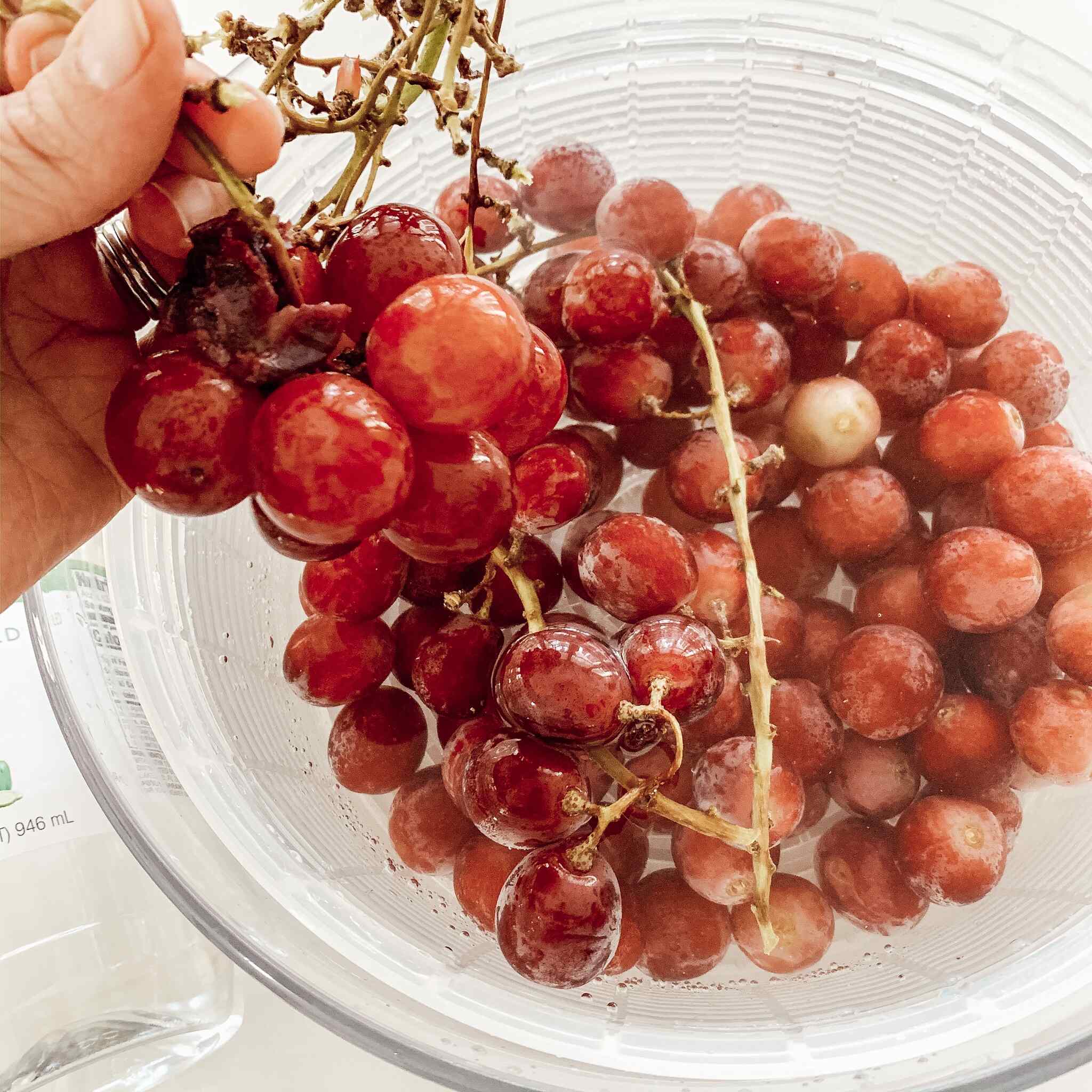
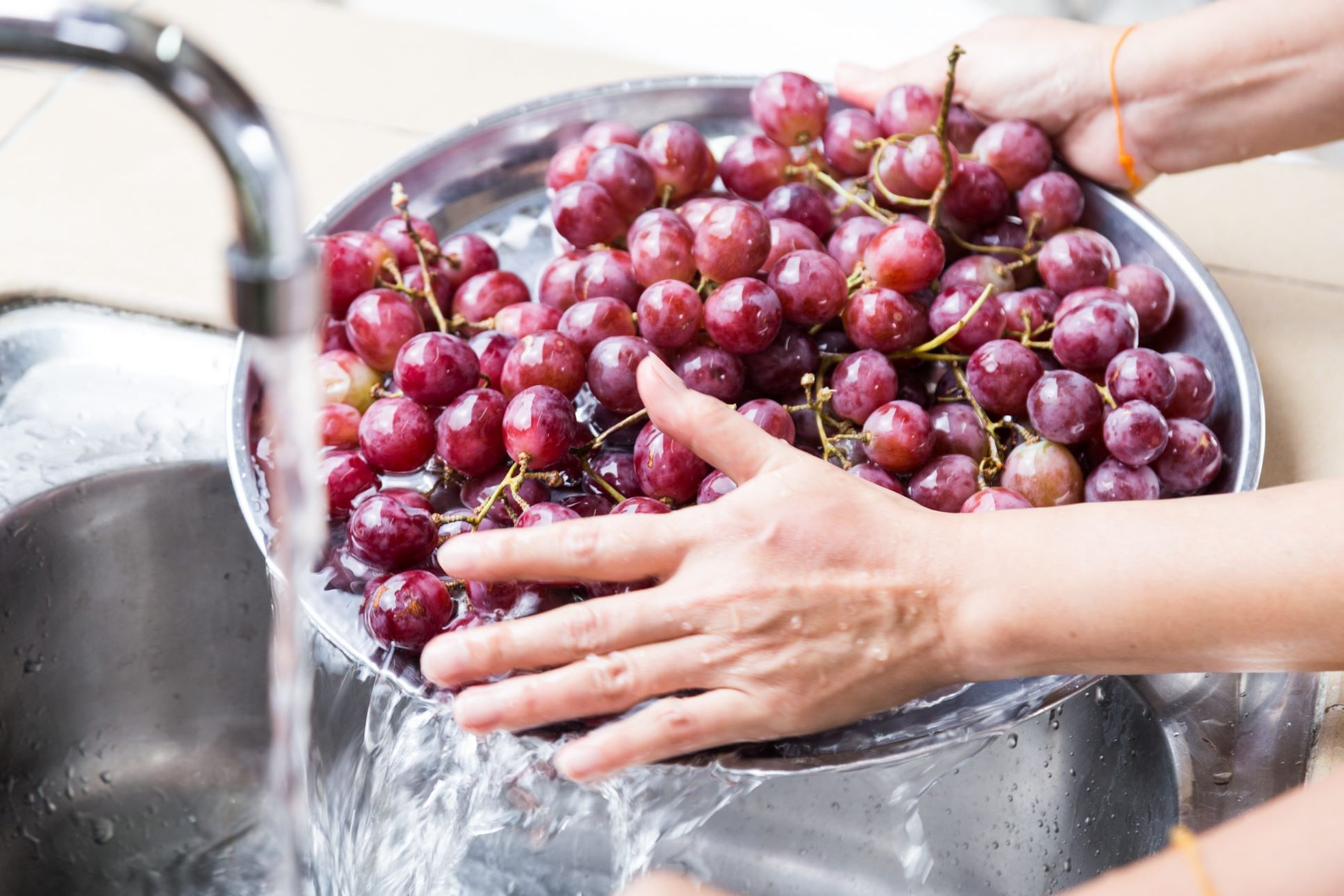
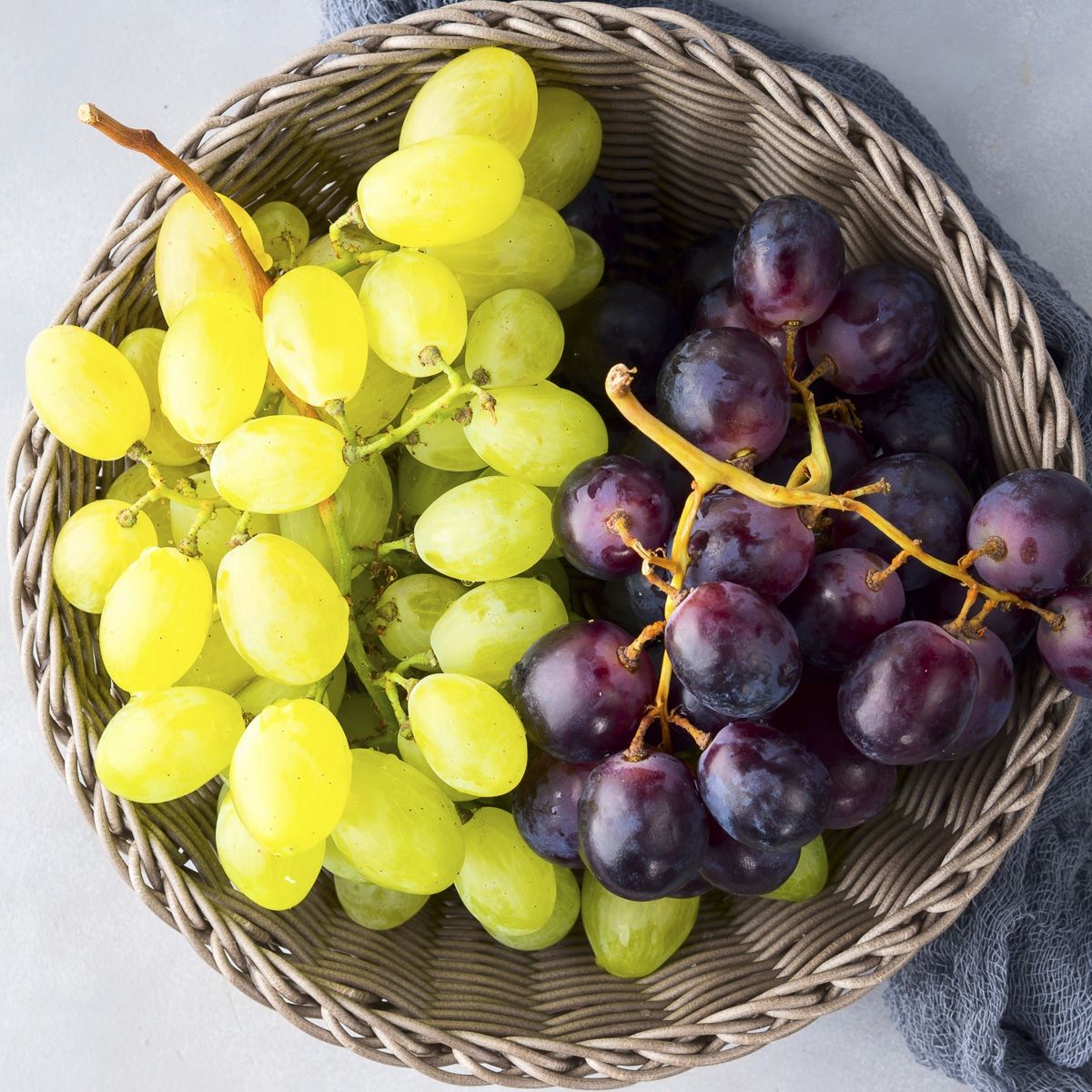
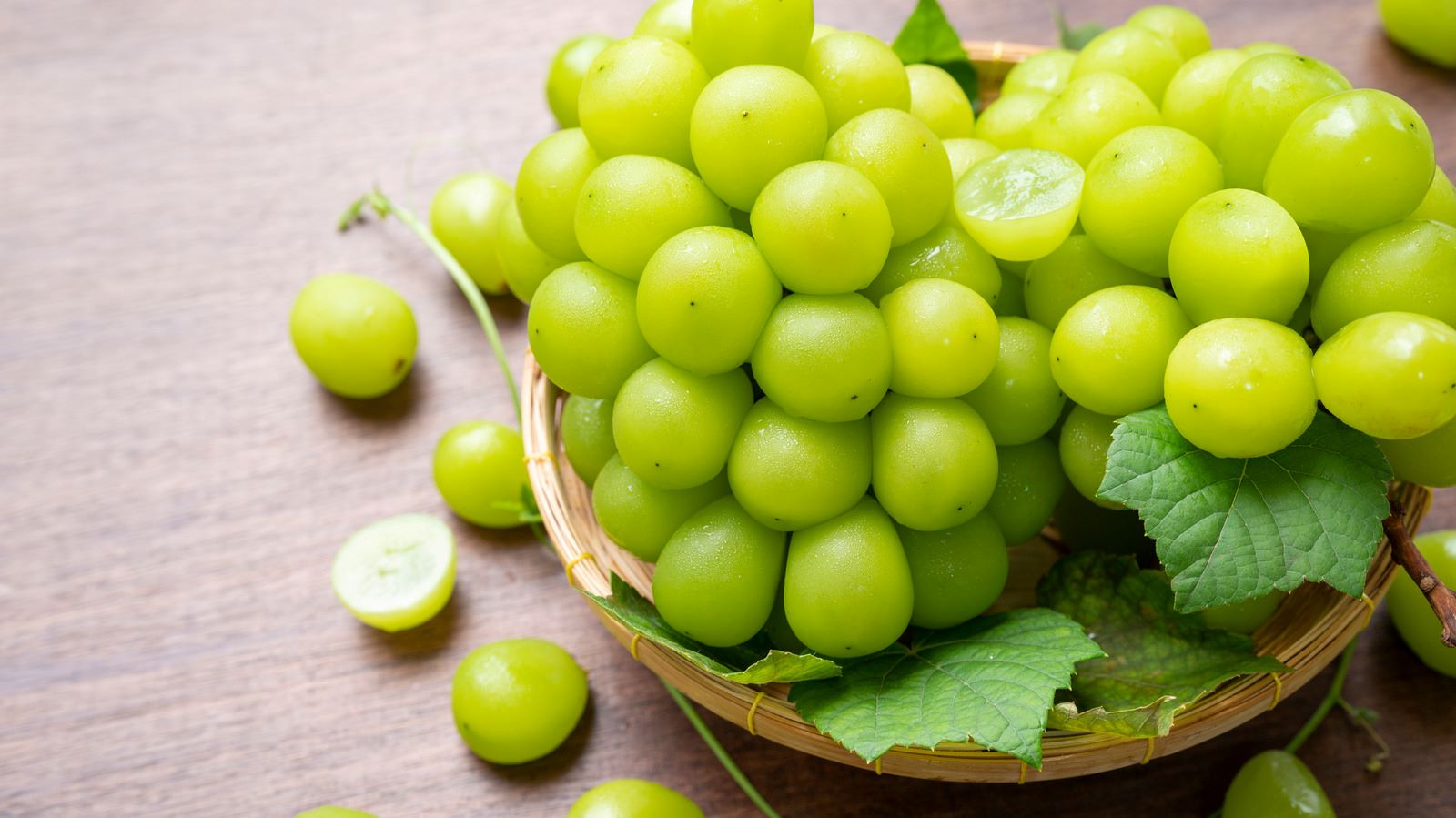
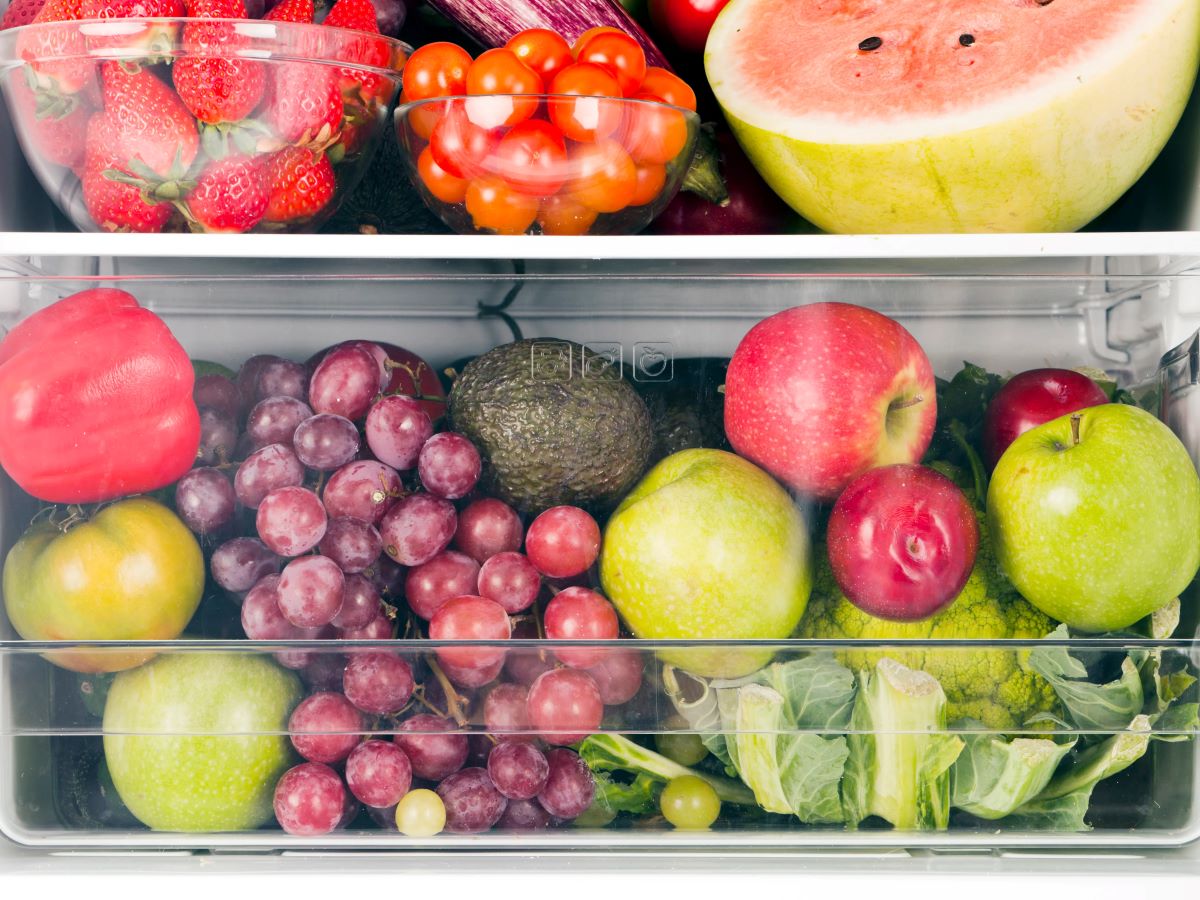

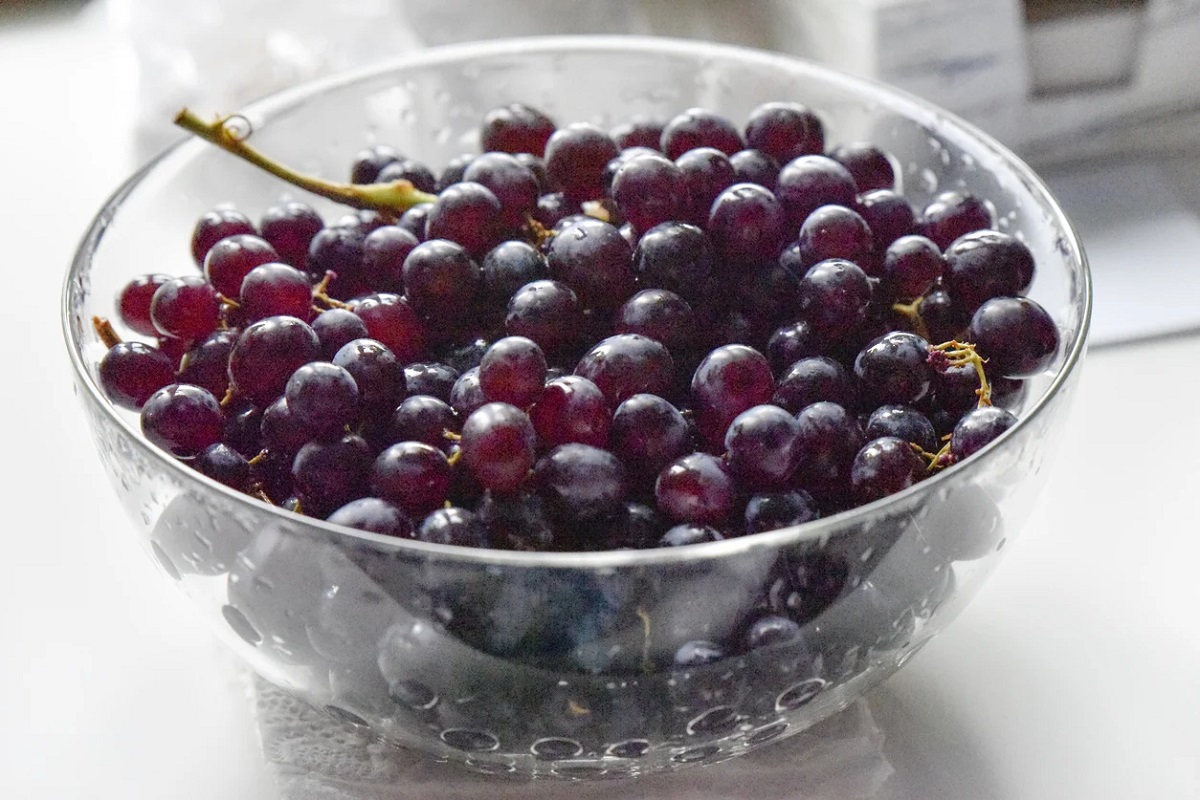
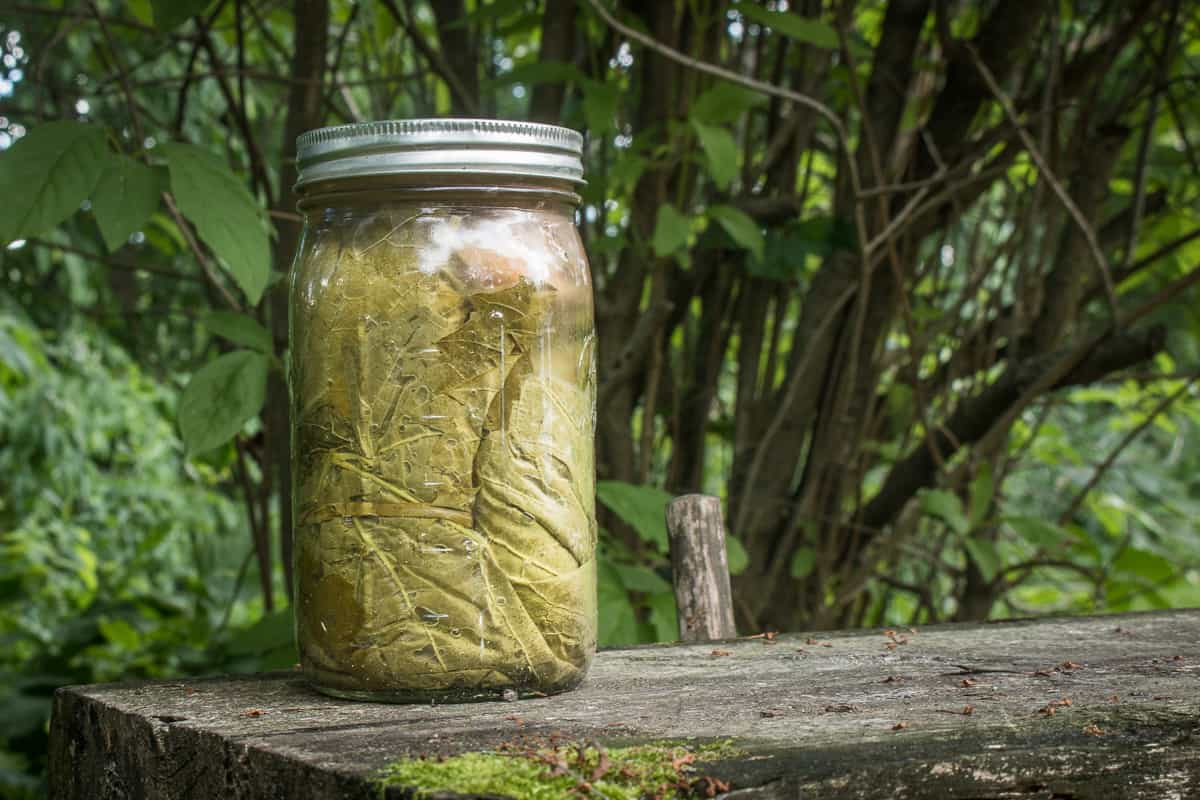
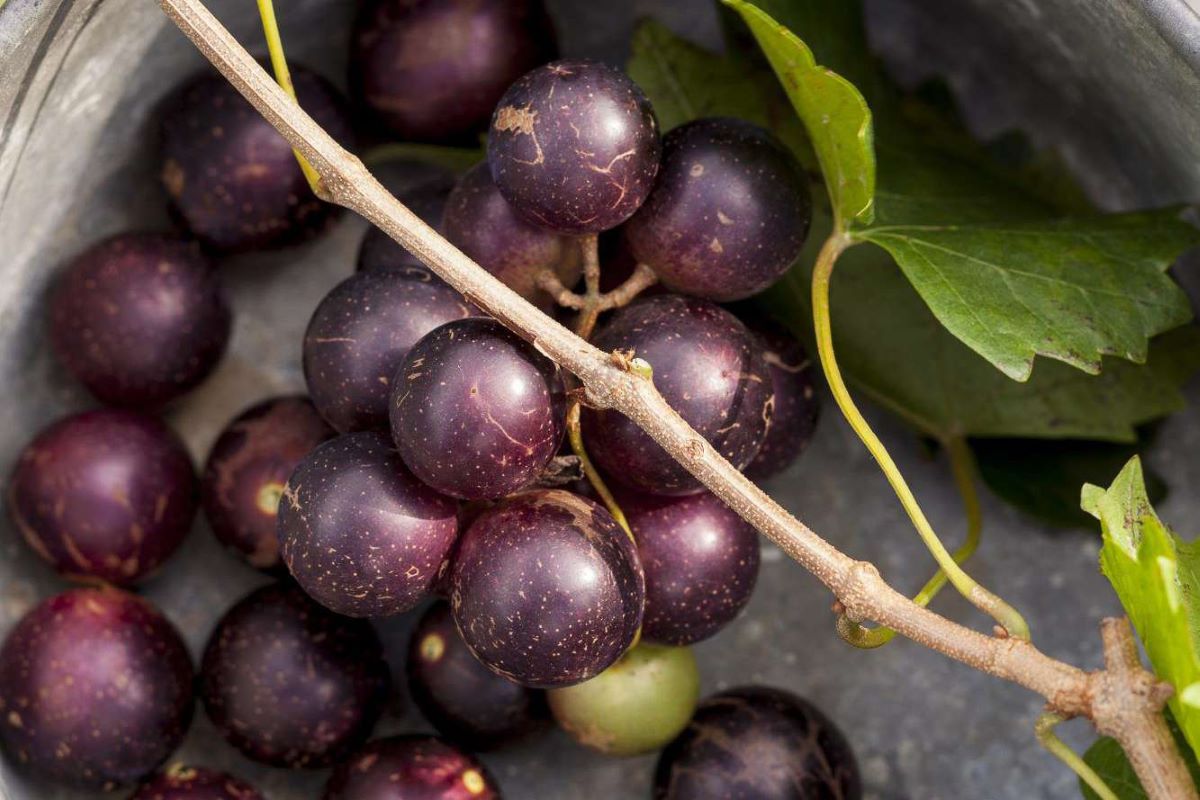
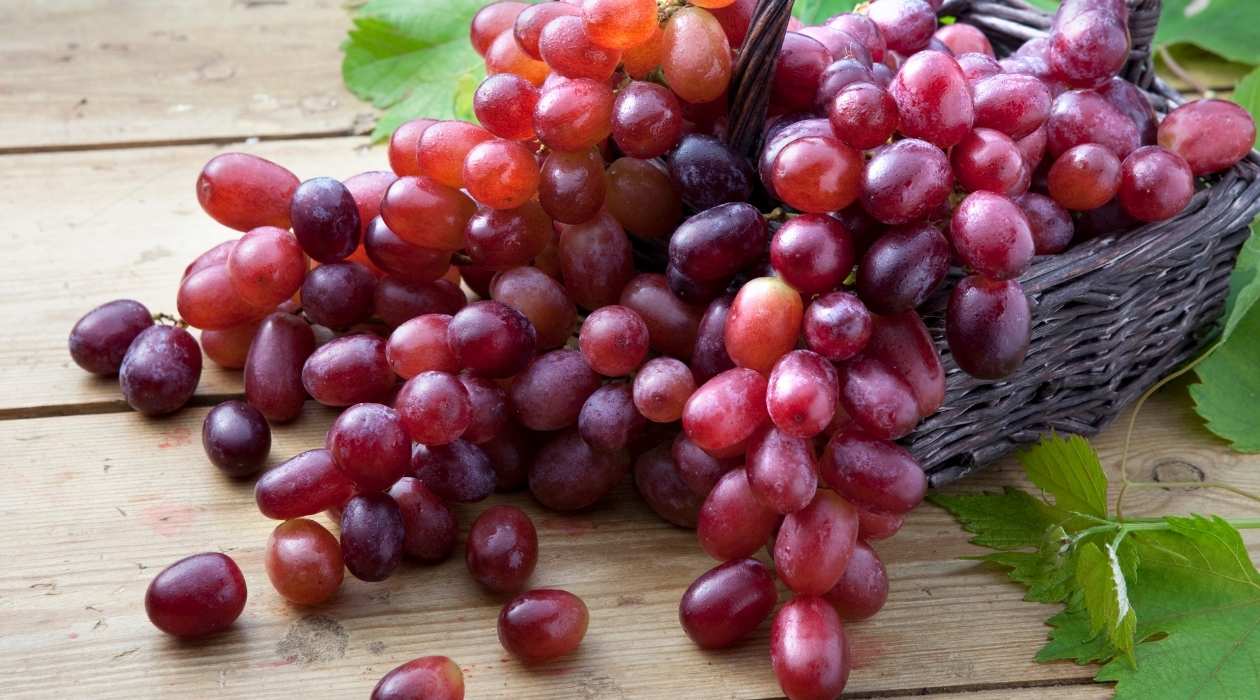
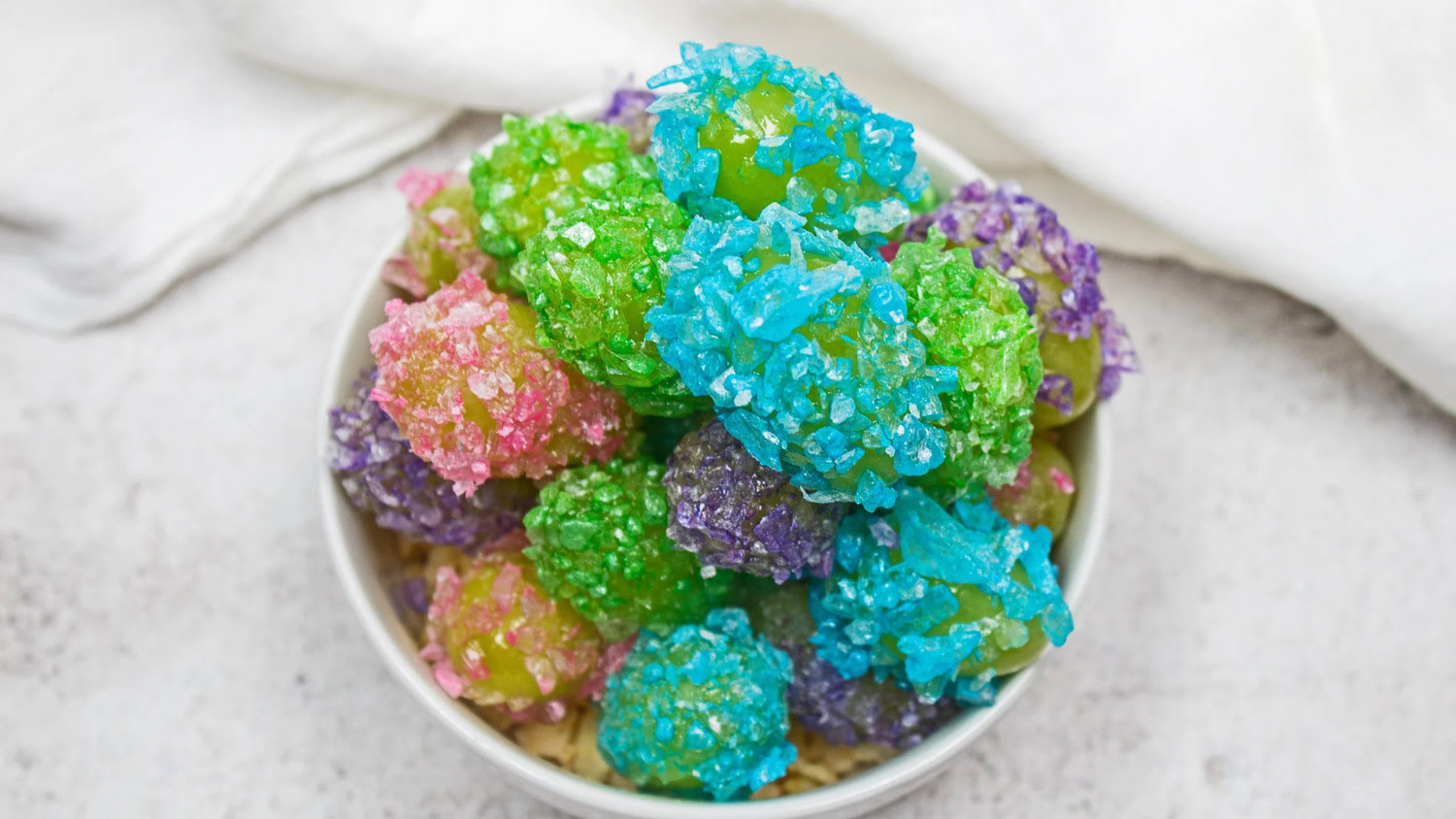
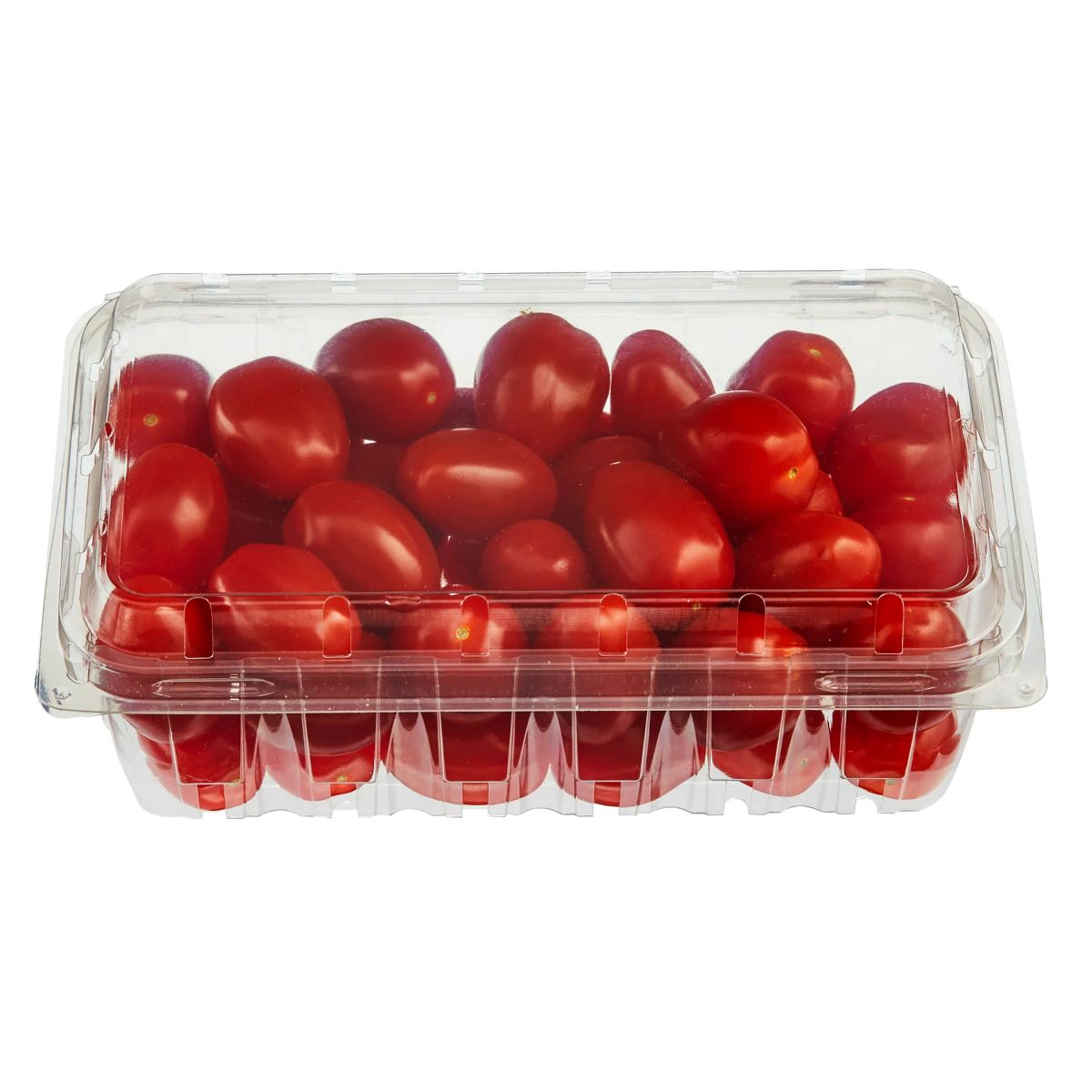
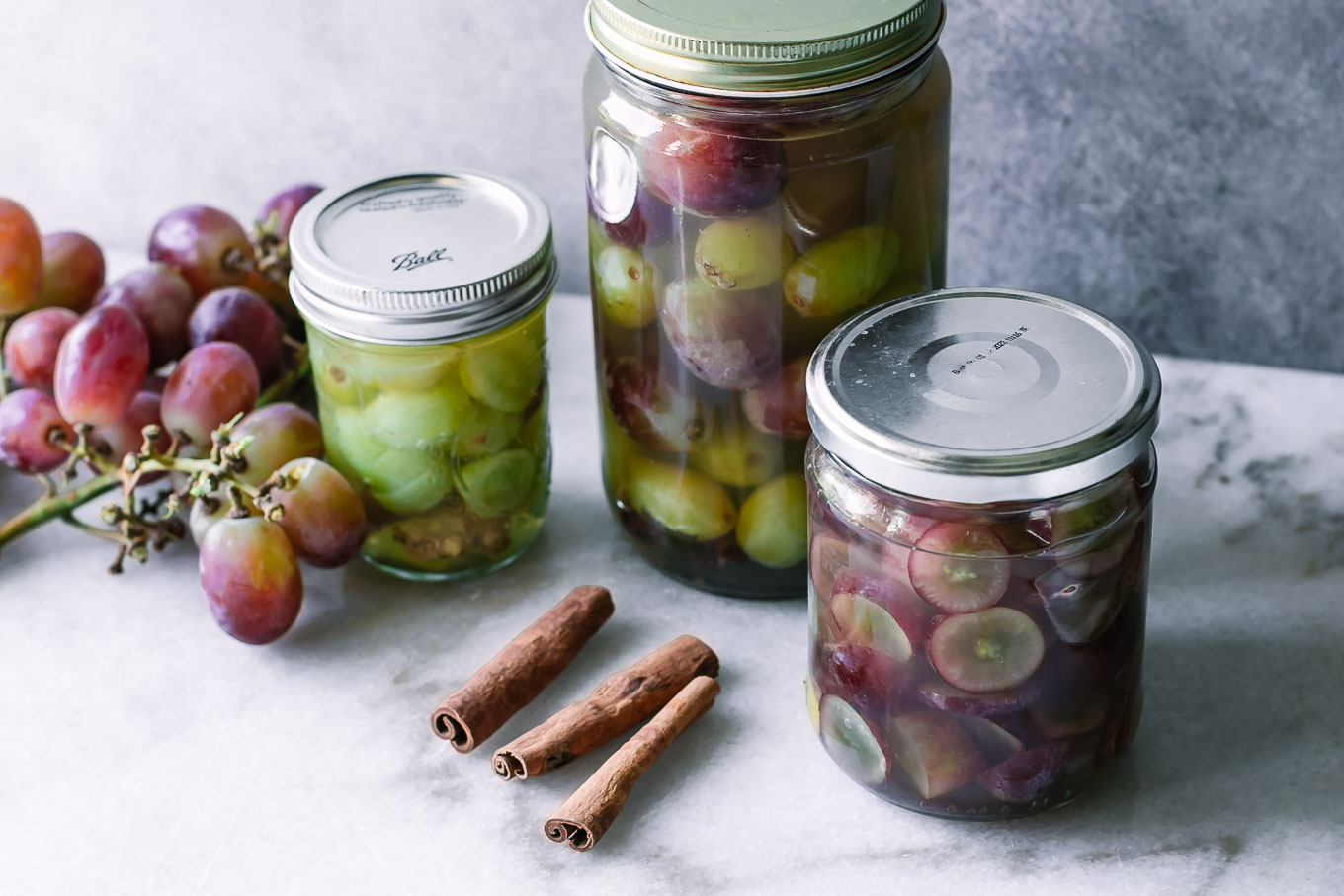

0 thoughts on “How To Store Grapes In The Fridge”